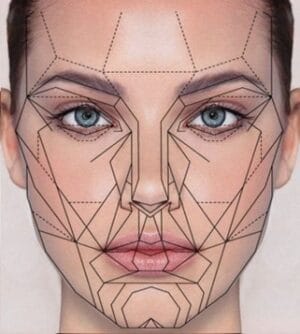
07 Aug The Art of Balance: How We Use the Golden Ratio in Dermal Filler Rejuvenation
In a world where beauty trends come and go faster than a TikTok filter, one thing never goes out of style: balance.
At the heart of great facial aesthetics isn’t just a product or a syringe – it’s a deep understanding of proportion, symmetry, and harmony. These principles aren’t new. They’ve been found in nature, architecture, and art for centuries. And guess what? They apply to your face too.
One of the most powerful tools we use in facial rejuvenation is something called PHI – also known as the Golden Ratio (1:1.6). It’s a mathematical pattern that shows up in seashells, sunflowers… and yes, some of the most beautiful faces in the world.
What is the Golden Ratio?
The Golden Ratio (PHI) is a specific proportion (1:1.6) that we naturally perceive as balanced and attractive. When the distance between certain points on your face aligns with this ratio, it often results in a more harmonious look.
But here’s the key: this isn’t about turning everyone into the same face. It’s about restoring your natural facial architecture – the features that make you you – to a more balanced and refreshed state.
Facial Mapping: It’s more than skin deep
Before we even pick up a syringe, we map your face using detailed anatomical markers. Beauty isn’t flat – it’s three-dimensional – so we look at you from every angle: front, 45°, profile, and oblique.
Here’s what we assess:
- Facial Thirds – Is the face evenly divided from hairline to brow, brow to nose, and nose to chin?
- Facial Fifths – Is the width of your eyes similar to the space between them and the outer edges of your face?
- S-shaped profile – A youthful face has a soft S-curve from forehead to chin. Harsh angles may suggest volume loss.
- Key angles – We look at the nasofrontal (forehead to nose), nasolabial (nose to mouth), chin projection and jawline shape.
- The E-Line – A line from the tip of the nose to the chin. Ideally, the lips sit just behind this line. It’s a great guide for subtle lip enhancement – not trout pouts.
How we use filler: It’s not about the lines
Filler shouldn’t be about puffing things up – it’s about sculpting, supporting, and rebalancing. Here’s how we use it with PHI in mind:
- Mid-face support – Instead of going straight for the lines around your mouth, we restore volume to the cheeks. This lifts and softens the whole lower face.
- Temple hollowing – Filling these areas gently can reframe the eyes and reduce a tired appearance.
- Chin and jawline – We enhance these using linear proportions to bring definition while keeping things soft and feminine (or strong and sculpted, depending on your goal).
- Lips – It’s not just about size. We balance the upper to lower lip ratio, Cupid’s bow, and columns to create subtle, natural-looking lips that fit your face – not someone else’s.
Why it’s never one-size-fits-all
Every face tells a different story – whether you’re male, female, transitioning, Eastern, Western, or gloriously unique in every way.
The Golden Ratio gives us a guide, not a rulebook. We use it to highlight your best features, not change who you are. It’s about enhancing your natural structure – not fitting into a trend.
From anti-ageing to balance and beauty
Using PHI in facial aesthetics shifts the focus from “anti-ageing” to restoration and harmony. It’s not about chasing youth. It’s about feeling like yourself again – and seeing that in the mirror.
It’s where science meets art – and where your confidence lives.
Final Thought
The real magic isn’t just in the maths. It’s in how we blend that maths with human intuition, careful planning, and a genuine desire to help you feel great in your own skin.
Because beauty isn’t about perfection – it’s about balance.
Your features already hold the blueprint – we just bring it into focus.
Let’s map your journey to subtle, natural-looking results. Click to book your personalised facial assessment.


Sorry, the comment form is closed at this time.